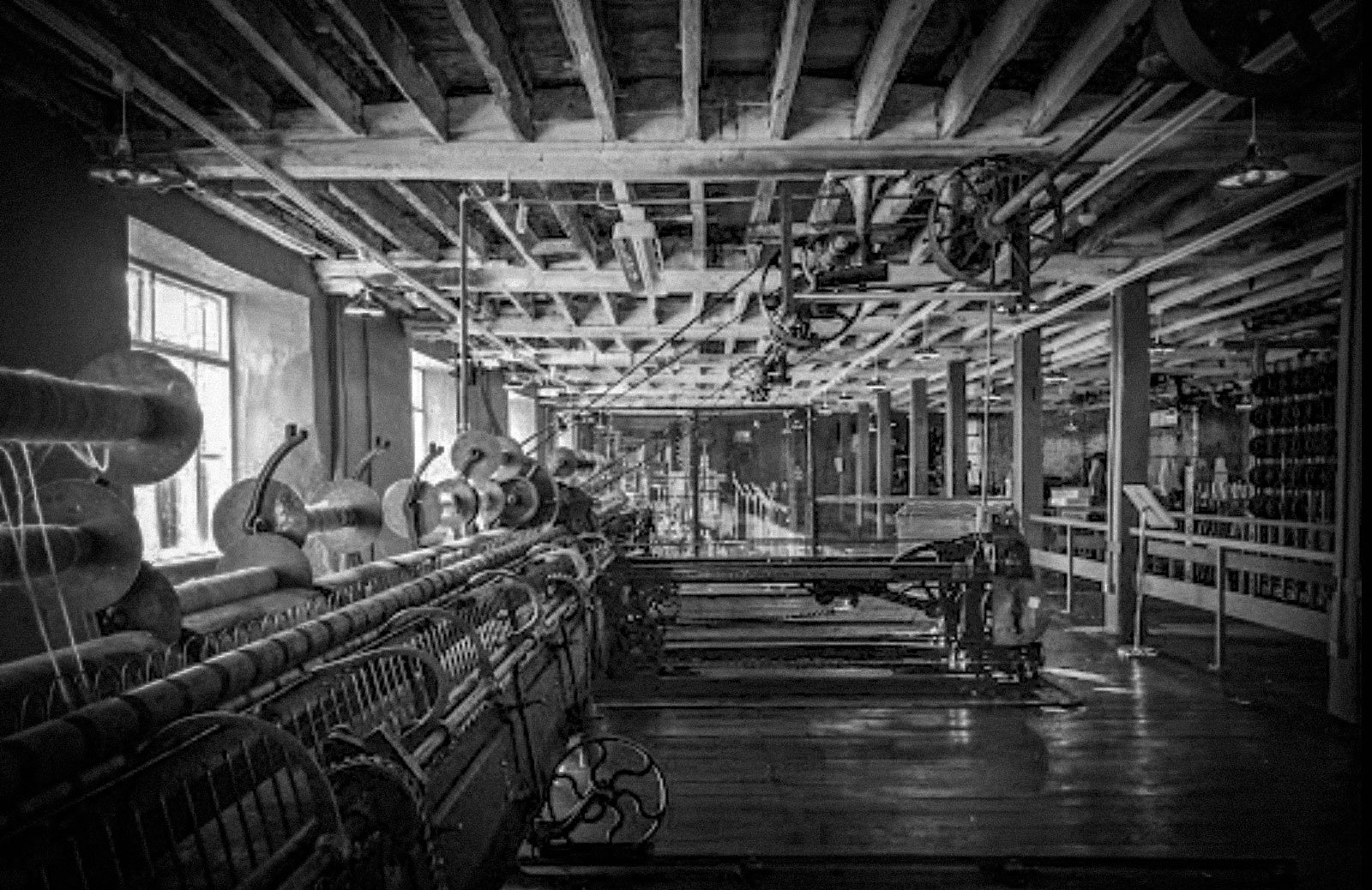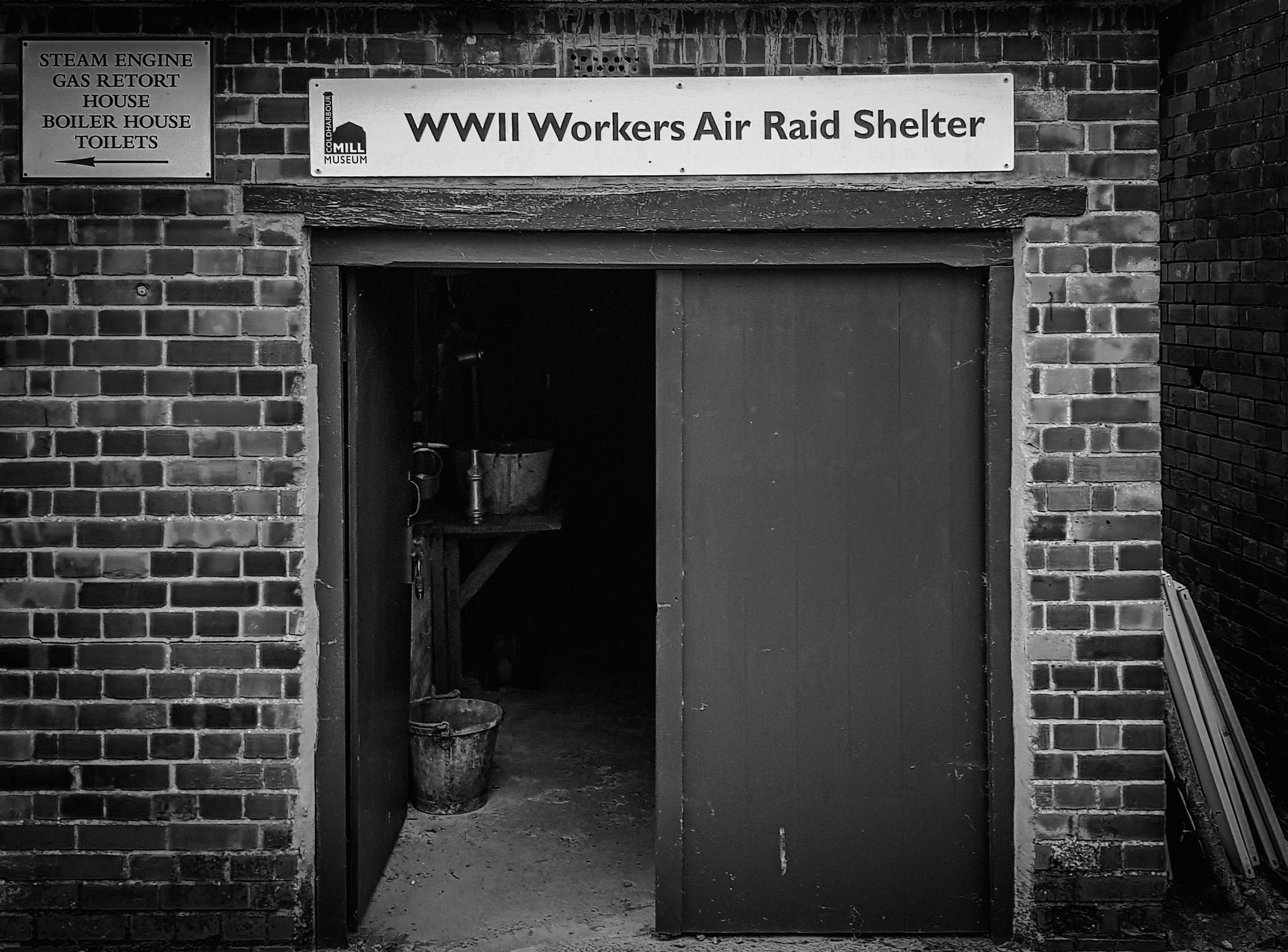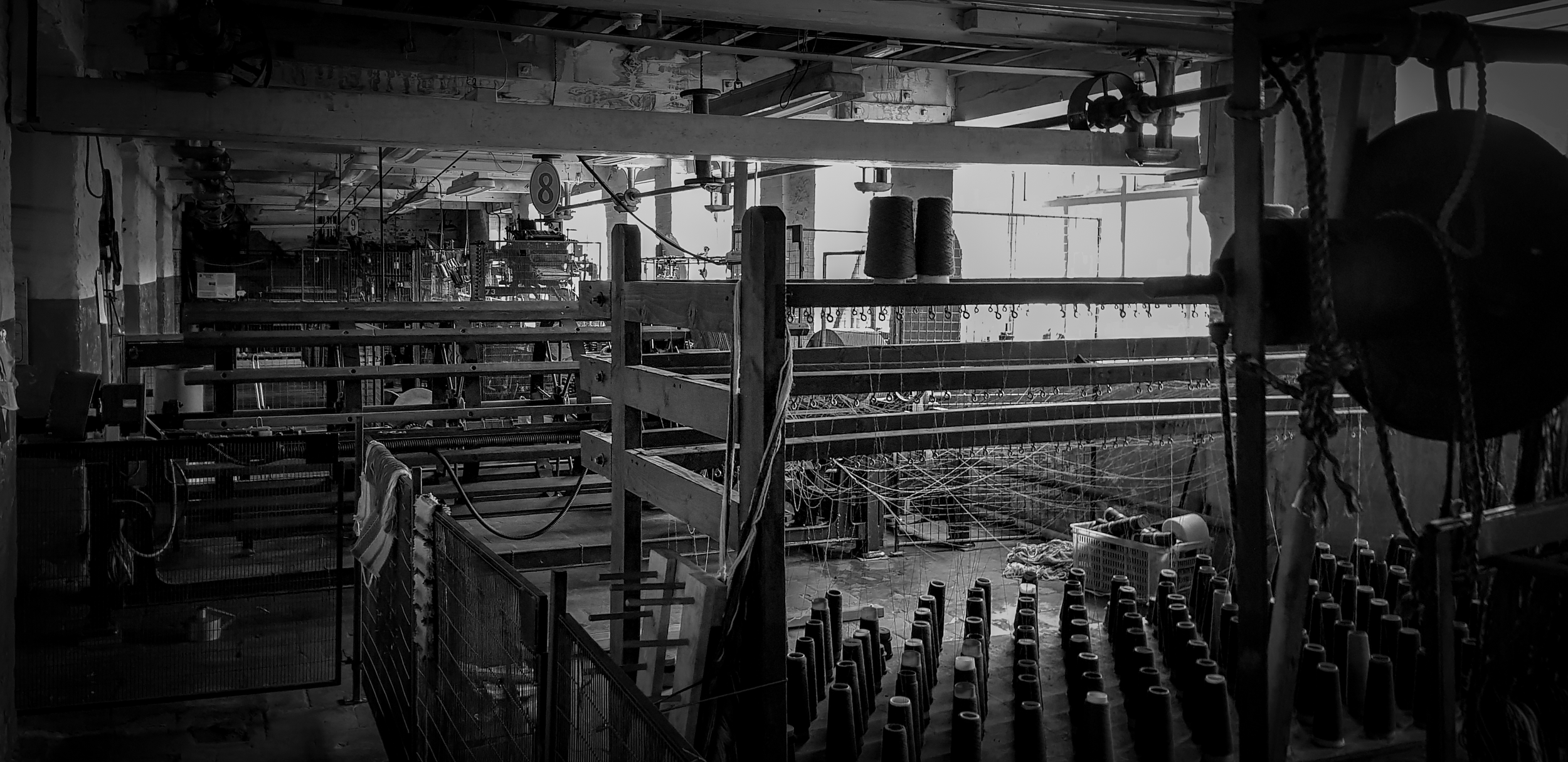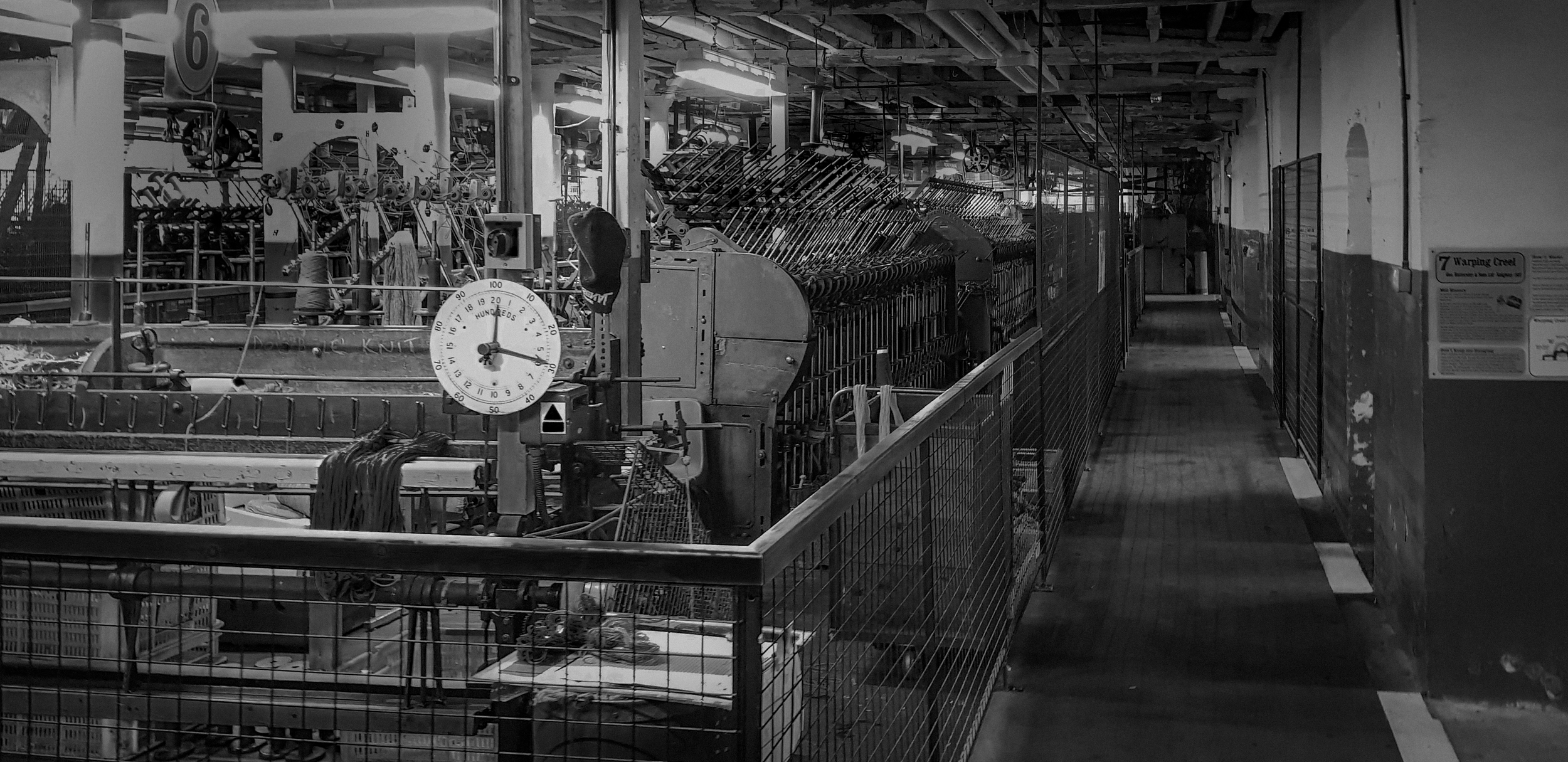
Coldharour Mill
Join us as we investigate the 17th century mill in Devon
Coldharbour Mill
Built between 1797 and 1799 Coldharbour Mill was at the forefront of Georgian entrepeneurial development.
It is the only surviving woollen mill in Devon and one of the few mills in the country that has both original sources of power still in operation: the 1821 water wheel and the 1910 Pollit & Wigzell steam engine.
Coldharbour Mill activity caught on camera!
Coldharbour Mill does not fail to perform at an organised ghost hunt!
Watch the video to see an external door open on its own. Paranormal investigators checked other buildings outside to ensure it was not other ghost hunters opening the door.
Watch a short clip from a previous ghost hunt at Coldharbour Mill. Watch the door slowly and smoothly open on its OWN!
Join us at our next event at Coldharbour mill ghost hunting event
Coldharour Mill, Haunted World War Two, haunted air raid shelter-bunker.
Coldharbour Mill Haunted machine floor
Machine shop floor in Coldharbour mill, what will present themselves to you when ghost hunting.
Do ghosts lurks at the top of the stairs, join us to find out.
History of Coldharbour Mill
Coldharbour Mill was originally a mill for corn or grist set in 15 acres of land within the village of Uffculme, Devon. There has been a mill on this site since medieval times, according to the Domesday book.
The name “Coldharbour” is said to be derived from Anglo Saxon, possibly meaning “Old Shelter”.
It was all started by Thomas Fox
Thomas Fox took control of the family business in Wellington in 1796, aged 49. With the decline in the industry, he renamed the company
Thomas Fox & Co. Thomas purchased the Coldharbour Mill site in Devon and began to build a new factory on the site. Thomas married Sarah Smith, and they had 15 children. Six of the seven sons joined their father in the business, renamed Fox Brothers & Co, and they continued to grow the business. The company became Britain's most significant textile business by the 19th century and employed around 5000 people.







